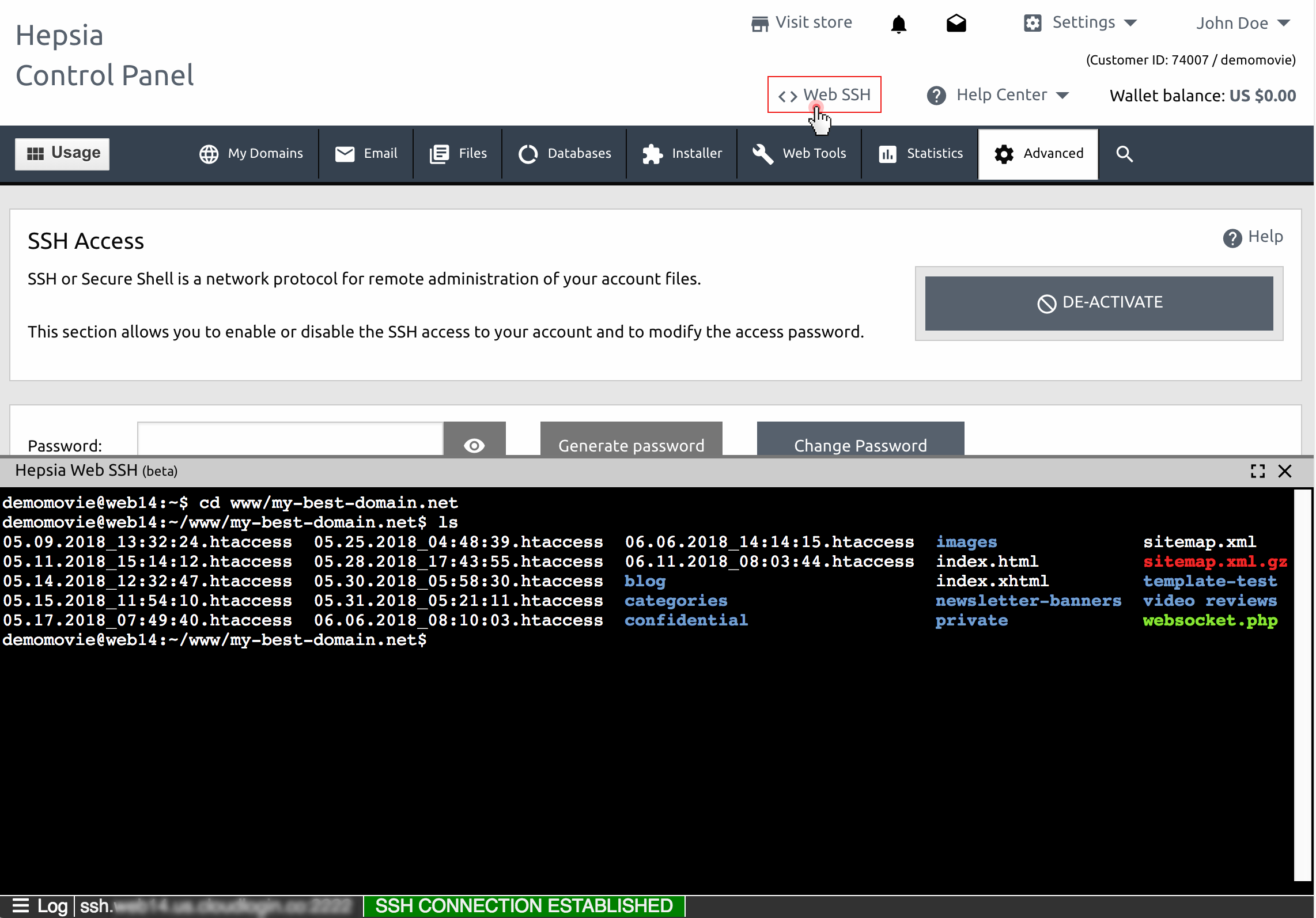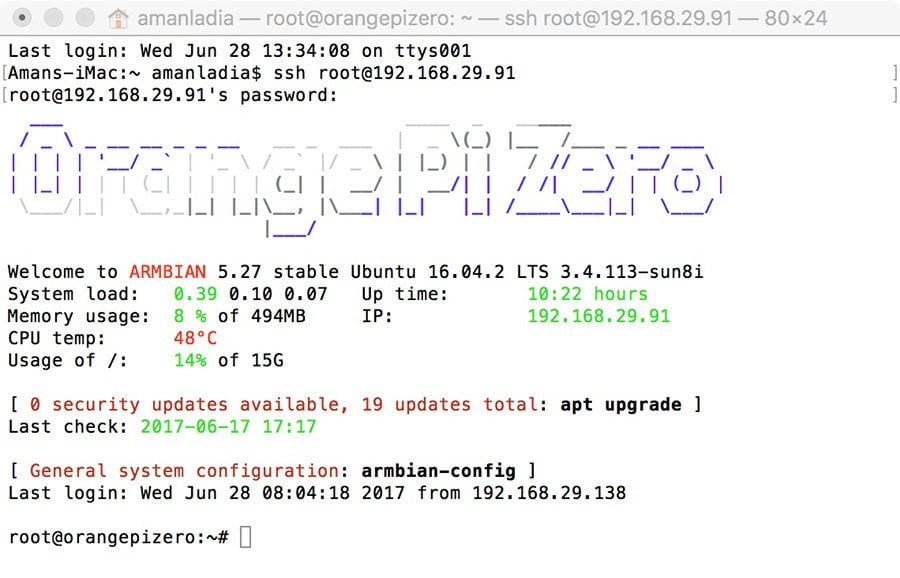Guide To Remote IoT Web SSH: Access Your Devices Securely!
Are you ready to unlock the full potential of your Internet of Things (IoT) devices while fortifying your digital defenses? RemoteIoT Web SSH offers a robust solution, allowing you to securely manage and access your IoT devices from anywhere in the world, enhancing efficiency and bolstering security.
In today's interconnected world, the proliferation of IoT devices has revolutionized industries, offering unprecedented levels of automation, efficiency, and convenience. From smart homes to industrial automation systems, these devices are transforming how we live and work. However, the very features that make IoT devices so attractive also introduce new vulnerabilities. Leaving these devices unmonitored can create security gaps, exposing them to potential threats and unauthorized access. This is where the need for secure remote access becomes paramount, and RemoteIoT Web SSH steps in to bridge this gap.
Understanding the concept of RemoteIoT Web SSH involves a deep dive into two powerful technologies: IoT and Secure Shell (SSH). IoT refers to the expansive network of physical devices, embedded with sensors, software, and connectivity, which enables them to exchange data. These devices are designed to perform specific tasks, from collecting data to controlling equipment. SSH, on the other hand, is a cryptographic network protocol, used for secure data communication. It establishes a secure channel over an unsecured network, ensuring that data transferred between devices remains encrypted and protected from eavesdropping or tampering. When combined, these technologies create a powerful system for remote device management.
For those venturing into the world of IoT, understanding SSH is crucial. Whether you're troubleshooting issues, deploying updates, or simply monitoring system performance, a reliable SSH server is indispensable. Fortunately, several SSH clients are readily available, including popular options for Android devices. These tools provide the user interface necessary to establish and maintain remote connections. These clients allow users to execute commands, troubleshoot issues, and monitor device performance from anywhere in the world.
But what exactly does this mean in practice? Let's examine the practical steps and benefits. Imagine a scenario in a business setting where remote access is key to maintaining operations, or a developer needing to monitor the status of a remote device. This is where RemoteIoT Web SSH shines. It allows secure access, ensures data integrity, and offers seamless remote management.
Implementing RemoteIoT Web SSH involves several key steps, including setting up an SSH client, configuring your devices, and establishing secure connections. For instance, when setting up local forwarding, you'll need to enter the local forwarding port in the source port field, and in the destination, enter the destination host and IP. The details of these steps, and how to configure them, will be provided later in this article, but it is enough to say, the configuration is not difficult, and the payoffs are significant.
Before going further, let's address some common concerns regarding security. By default, SSH key management can be fragmented and complex. Unmanaged SSH keys, therefore, are vulnerable to attack by malicious actors. RemoteIoT Web SSH offers a solution to this challenge. By using remoteiot ssh key management, you can centrally manage and discover all authentication keys and SSH login files. In addition to key management, the system leverages the power of SSH to provide encrypted communication, ensuring data integrity and confidentiality. Socketxp, for example, does not create any public TCP tunnel endpoints accessible via the internet using an SSH client. This approach minimizes exposure and strengthens security.
Several tools and technologies play a key role in the effective use of RemoteIoT Web SSH. For instance, RemoteIoT web ssh examples demonstrate how to implement secure shell (SSH) connections over the web, ensuring that your data remains protected while allowing seamless remote access. A key element of the process is selecting a reliable SSH client. Many options are available, including, but not limited to, ConnectBot or JuiceSSH. The choice of client depends on the operating system you are using and the specific features you need.
Let's explore a practical application using an Android device as an example. In this specific scenario, using a reliable SSH client is paramount. This guide will walk you through the steps to set up a RemoteIoT Web SSH example on Android, covering everything from basic concepts to advanced configurations. By the end of this tutorial, you will have a clear understanding of how to use SSH to manage IoT devices remotely on Android.
RemoteIoT Web SSH is essentially a combination of two powerful technologies: IoT (Internet of Things) and SSH (Secure Shell). IoT refers to the network of physical devices embedded with sensors, software, and connectivity, allowing them to exchange data. Whether you're troubleshooting issues, deploying updates, or simply monitoring system performance, a reliable SSH server is indispensable. This guide will help you set up an SSH connection and manage your IoT devices remotely. By the end of this article, you will have a clear understanding of how to use SSH to manage IoT devices remotely.
The benefits of adopting RemoteIoT Web SSH are numerous. One of the most compelling advantages is enhanced security. By leveraging SSH's encrypted communication, you can protect sensitive data from unauthorized access. Remote access allows for efficient troubleshooting and maintenance. This is particularly important for businesses that need to manage multiple IoT devices across different locations. In a business setting, IoT remote access is key to maintaining operational efficiency. Additionally, RemoteIoT Web SSH simplifies the deployment of updates and software patches, reducing downtime and improving overall productivity.
The deployment of RemoteIoT Web SSH depends on the specific configuration of your IoT devices and network infrastructure. Consider these aspects: device compatibility, network connectivity, security protocols, and client-side configuration. When establishing a connection, choose a strong passphrase and make sure your SSH keys are secure. In addition, carefully manage your user permissions to prevent unauthorized access.
Before proceeding with configuration, make sure your devices and network are in a secure environment. Make sure your network configuration is correct and that there are no existing firewalls that might interfere with your SSH connection. In such situations, adjustments must be made to accommodate your particular environment. For example, you might need to open certain ports or configure port forwarding on your router. The steps for configuring port forwarding will vary depending on your router model, so refer to your router's documentation for instructions.
When setting up a remote IoT environment, consider that each device has its own needs. It is crucial to customize the configuration and make it as secure as possible. Regular monitoring and maintenance are also essential. Make sure you regularly update your SSH client and server software to stay ahead of security vulnerabilities. Consider this article as a starting point for your IoT projects. You can use this article to take steps forward. When setting up local forwarding, enter the local forwarding port in the source port field and in destination enter the destination host and ip, for example, localhost:5901.
Socketxp offers another approach. Socketxp does not create any public TCP tunnel endpoints that can be connected and accessed by anyone in the internet using an SSH client. Instead, Socketxp TCP tunnel endpoints are not exposed to the internet and can be accessed only using the Socketxp agent (using the auth token of the user) or through the xterm terminal in the Socketxp portal page.
Macchina.io remote is another option. Macchina.io remote is not just for accessing web pages, it is a framework. Under the connection menu, expand ssh and select tunnels. Then, check the local radio button to setup local, remote for remote, and dynamic for dynamic port forwarding. When setting up local forwarding, enter the local forwarding port in the source port field, and in the destination, enter the destination host and IP.
This comprehensive approach to RemoteIoT Web SSH ensures that your IoT deployments are secure, manageable, and efficient, paving the way for enhanced productivity and peace of mind. By following the steps outlined in this guide, both beginners and experienced developers can harness the power of RemoteIoT Web SSH to transform their IoT projects.
By now, you have a clear understanding of how SSH works and how it can be integrated with your IoT devices. By implementing these best practices, you can ensure that your IoT devices are protected and easily managed from anywhere in the world. Remember that continuous learning and adaptation are key to staying ahead of the evolving threat landscape and harnessing the full potential of your connected devices. Whether you're a beginner or an experienced developer, this guide will equip you with the knowledge you need to harness the power of remote IoT web SSH.

RemoteIoT Web SSH Tutorial A Beginner's Guide To Secure Shell Access

Unlock The Power Of RemoteIoT Web SSH Free Your Gateway To Seamless

RemoteIoT Web SSH Tutorial A Beginner's Guide To Secure Shell Access